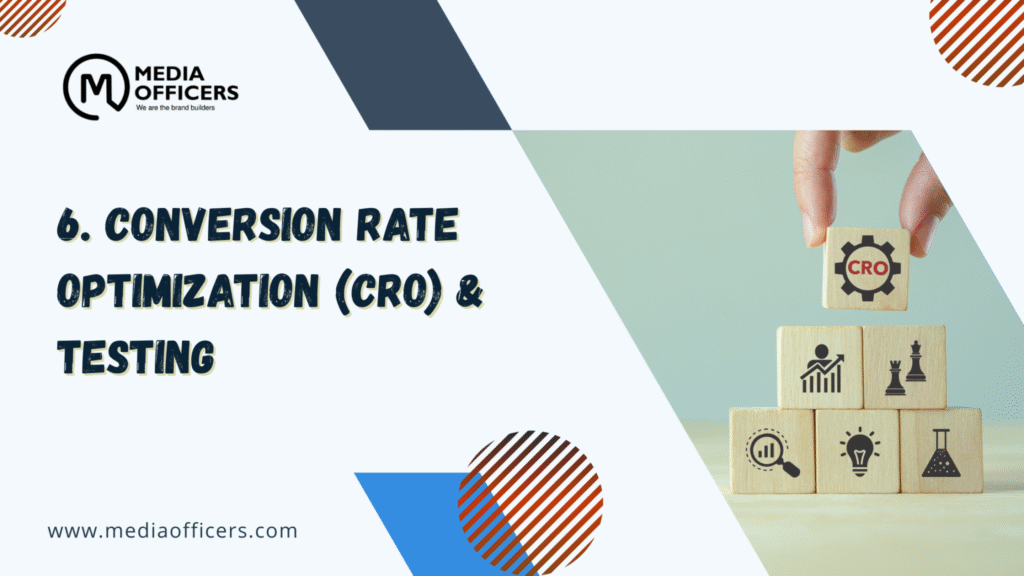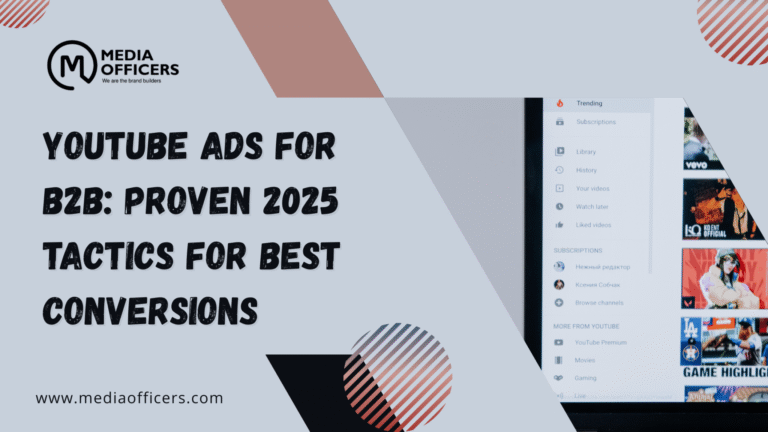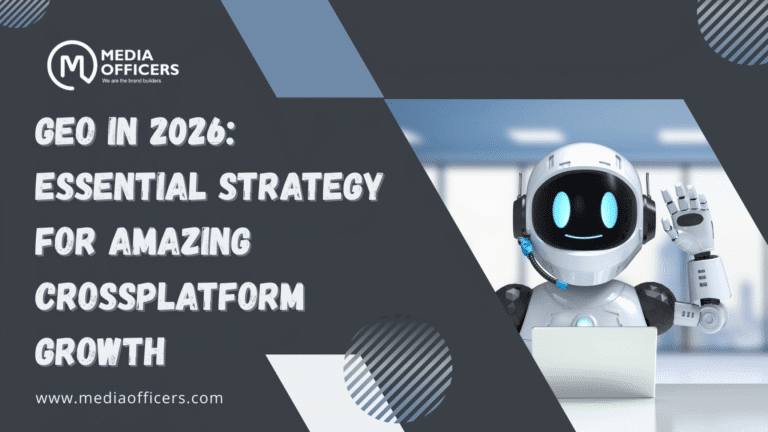Website Marketing Techniques are the backbone of a scalable growth strategy for modern businesses. When implemented correctly, these techniques boost visibility, attract qualified traffic, and accelerate revenue across channels.
1. SEO that Drives Sustainable Traffic

Within the realm of Website Marketing Techniques, SEO remains the most cost-effective engine for long-term growth. This section explains how to build a foundation that keeps your site visible as search engines evolve.
- Keyword research: identify topics your audience searches for and map them to high-intent pages.
- On-page optimization: craft compelling titles, meta descriptions, headers, and internal links that reflect user intent.
- Technical health: fix crawl errors, improve site speed, mobile-friendliness, and structured data to boost ranking signals.
- Content alignment: publish helpful, authoritative content that answers questions and earns trust.
Applied consistently, SEO within Website Marketing Techniques compounds over time, delivering steady traffic and higher conversion potential.
2. Content Marketing That Converts

Content is the fuel for Website Marketing Techniques. By delivering valuable information, you attract audiences, build authority, and guide them toward action. A strong content strategy informs SEO, fuels social campaigns, and provides assets for email outreach.
- Asset variety: publish guides, case studies, explainer videos, and checklists to address different buyer intents.
- Storytelling with data: combine anecdotes with relevant data to make content credible and memorable.
- Content calendar: align topics with buyer journeys and product launches to keep audiences engaged.
- Repurposing: transform long-form content into snippets, infographics, and social posts to extend reach.
In the framework of Website Marketing Techniques, content marketing builds trust, increases time on site, and improves conversions when integrated with SEO and email.
3. Email Marketing Automation

Email remains one of the most powerful channels in any set of Website Marketing Techniques. Automation enables tailored journeys, improves retention, and nurtures leads into customers without constant manual effort.
- List segmentation: group subscribers by behavior, lifecycle stage, and preferences to improve relevance.
- Lifecycle emails: welcome series, onboarding, educational sequences, and re-engagement campaigns.
- Personalization: dynamic content and product recommendations increase open rates and CTRs.
- Performance tracking: monitor deliverability, engagement, and ROI to optimize campaigns.
By weaving email into Website Marketing Techniques, you maintain continuous conversations with prospects, support conversions, and amplify other channels like SEO and social.
4. Social Media Engagement & Growth

Social platforms are a critical pillar of Website Marketing Techniques. They amplify reach, foster community, and serve as real-time feedback loops for product-market fit and content refinement.
- Platform strategy: focus on 2–3 networks where your audience spends time, not every channel.
- Content cadence: publish a mix of value posts, behind-the-scenes, and user-generated content to sustain momentum.
- Community building: respond promptly, encourage conversations, and recognize advocates to deepen loyalty.
- Paid social: use targeted ads and retargeting to extend reach and drive conversions.
Social Media is a potent amplifier for Website Marketing Techniques, driving traffic to your site, enriching your email list, and informing SEO with real-world signals.
5. Paid Advertising & Retargeting

Paid channels boost immediate visibility and complement organic efforts within Website Marketing Techniques. When paired with conversion-focused optimization, paid media scales growth efficiently.
- Search ads: bid on high-intent keywords to capture ready-to-act visitors.
- Display & video: build brand awareness and retarget engaged users who visited your site.
- Remarketing: reunite with visitors who didn’t convert with tailored messages.
- Budget discipline: set clear CPA goals and test creatives to improve ROAS over time.
Integrated thoughtfully, paid advertising within Website Marketing Techniques accelerates results while data-driven optimization sustains profitability.
6. Conversion Rate Optimization (CRO) & Testing

At the core of Website Marketing Techniques is CRO. Small changes in layout, copy, or forms can yield outsized improvements in conversions and lifetime value.
- Hypothesis-driven tests: use a structured approach to test persuasive elements like headlines and CTAs.
- Form optimization: reduce friction with fewer fields, progressive profiling, and inline validation.
- Friction mapping: identify barriers on key paths (landing → signup → purchase) and remove them.
- Analytics: track micro-conversions and user journeys to uncover drop-off points.
In the Website Marketing Techniques toolbox, CRO ensures your traffic becomes meaningful results rather than just visits.
7. Influencer & Affiliate Partnerships

Partnerships extend the reach of Website Marketing Techniques into communities you may not reach organically. Influencers and affiliates can validate your product, expand awareness, and drive qualified traffic.
- Careful selection: collaborate with partners whose audience overlaps with your ICP.
- Mutual value: offer commissions, exclusive content, or co-created assets to incentivize performance.
- Quality standards: provide brand guidelines and clear expectations to maintain credibility.
- Performance tracking: monitor referrals, conversions, and ROI by partner to optimize the program.
When integrated into Website Marketing Techniques, influencer and affiliate activity compounds awareness and creates social proof that improves other channels.
8. Data, Analytics & Attribution

Data is the engine that powers informed decisions across Website Marketing Techniques. A clear view of channels, touchpoints, and conversion paths lets you optimize more precisely and justify budget choices.
- Unified analytics: consolidate data from SEO, content, email, ads, and social into a single view.
- Attribution models: compare last-click, multi-touch, and algorithmic models to understand true impact.
- Experimentation: run rapid A/B tests to validate hypotheses before full-scale rollout.
- Dashboards: build executive-friendly dashboards that highlight KPI trends and ROI.
Effective data management in Website Marketing Techniques ensures you invest where the returns are strongest and continually refine your playbook.
9. UX, Speed & Website Performance

Finally, Website Marketing Techniques rely on a fast, intuitive site. User experience (UX) and performance directly affect rankings, engagement, and conversions.
- Core web vitals: optimize loading times, interactivity, and visual stability for a smooth experience.
- Mobile-first design: ensure a seamless journey on phones and tablets, not just desktops.
- Clear navigation: simple menus, scannable content, and logical CTAs guide users toward goals.
- Accessibility: create inclusive experiences that broaden reach and improve engagement metrics.
Improving UX within Website Marketing Techniques reduces bounce, increases engagement, and boosts conversion potential across all channels.
Frequently Asked Questions
How quickly can I expect results from implementing Website Marketing Techniques?
Results vary by channel and starting point. Most teams begin seeing meaningful gains in 3–6 months with a disciplined, integrated approach across SEO, content, and CRO.
Which technique should I start with if I’m new to Website Marketing Techniques?
Start with SEO and content marketing to build a foundation. Simultaneously deploy basic email automation to nurture early leads and measure outcomes across channels.
How do I measure success across Website Marketing Techniques?
Establish a single source of truth with dashboards showing organic traffic, lead quality, email engagement, social reach, ad ROAS, and on-site conversions. Regularly review attribution models to refine allocation.
Can small businesses implement Website Marketing Techniques on a budget?
Yes. Focus on high-ROI activities like SEO optimization, content repurposing, email automation, and CRO experiments. Channel synergy often yields outsized results without huge spend.
Conclusion
In summary, Website Marketing Techniques offer a comprehensive framework for growth. By combining SEO, content, email, social, paid media, CRO, partnerships, analytics, and UX optimization, you can build a resilient marketing engine that scales with your business. Embrace a disciplined, data-informed approach, and your team will turn visitors into customers, and customers into advocates.





